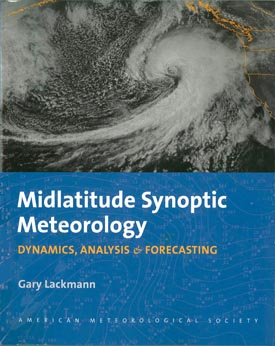After a year that brought record-setting severe weather, the need to effectively prepare society for whatever Mother Nature throws at us has never been more evident. Throughout the week of the Annual Meeting, the Seventh Symposium on Policy and Socio-Economic Research will explore how to create a more weather-savvy society, and how technology will help us reach that goal.

The Symposium’s keynote address, “Science for a Weather Ready Nation” (Tuesday, 9:00 a.m., Room 243), will be given by Jane Lubchenco, the Under Secretary of Commerce for Oceans and Atmosphere and the head of NOAA. This is a critical and fascinating time for NOAA, and through partnerships with scientists, the private sector, and other government agencies, its Weather Ready Nation initiative is pursuing a number of goals to help reduce the nation’s vulnerability to weather events:
- Improved precision of weather and water forecasts and effective communication of risk to local authorities;
- Improved weather decision support services with new initiatives such as the development of mobile-ready emergency response specialist teams;
- Innovative science and technological solutions such as the nationwide implementation of Dual Pol radar technology, Integrated Water Resources Science and Services, and the Joint Polar Satellite System;
- Strengthening joint partnerships to enhance community preparedness;
- Working with weather enterprise partners and the emergency management community to enhance safety and economic output and effectively manage environmental resources.
(A PDF of the entire Weather Ready Nation strategic plan can be downloaded here.)
The Symposium will consider a wide array of topics relating to this theme, including:
- policy issues, particularly the use and influence of scientific information on climate policy;
- communication, including the role of technology (such as social media) in communicating weather and climate information, as well as how diverse populations can receive information they can understand and use;
- economic matters relating to weather and climate information;
- New Orleans’s recovery from Katrina and adaptation to future weather events;
- societal dimensions of weather, especially relating to climate change hazards.


